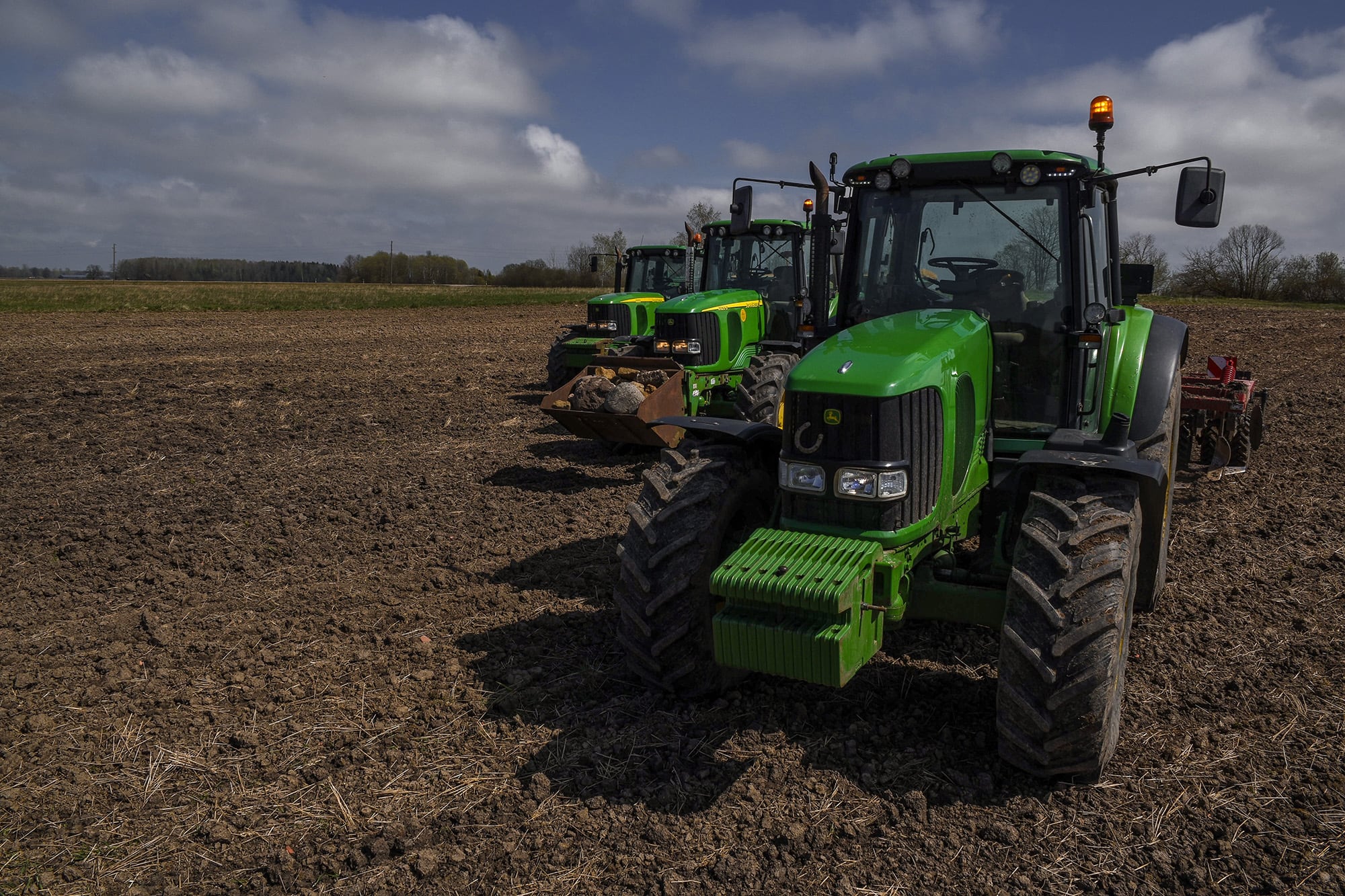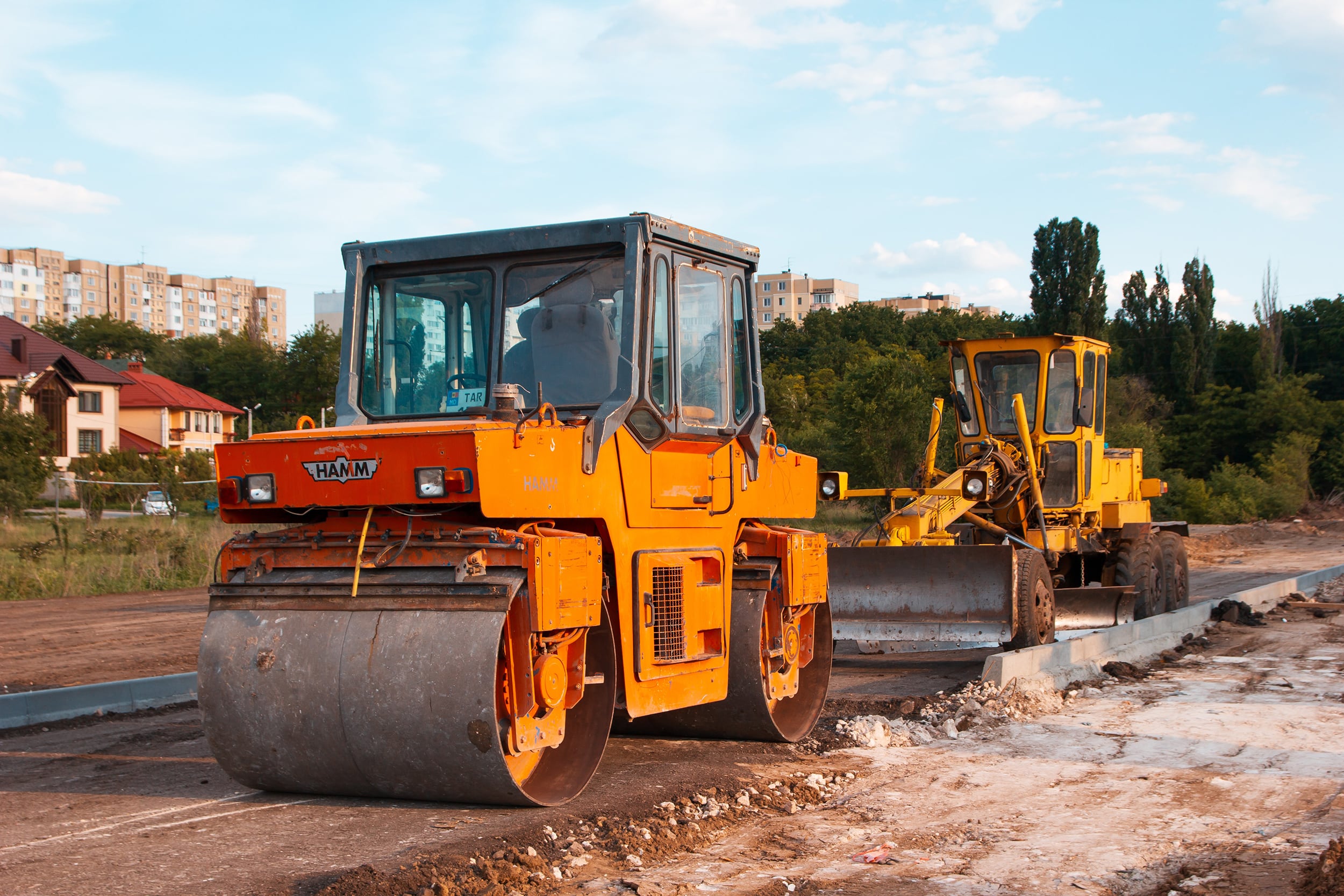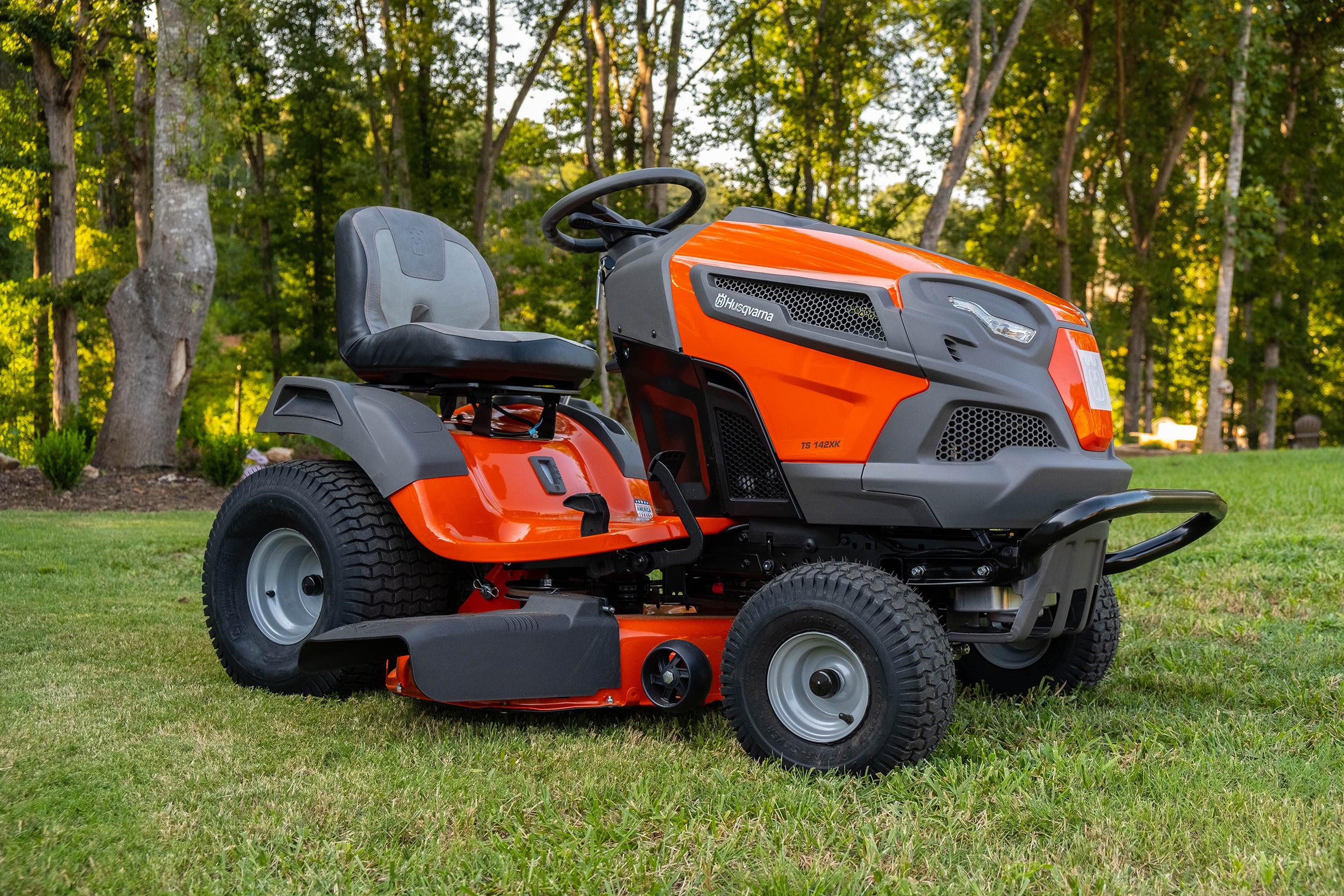How to Change a Grease Fitting: Step-by-Step Instructions

A grease fitting, also known as a Zerk fitting, is a mechanical lubrication point that significantly impacts the functionality of various machinery and equipment. This vital component plays a pivotal role in maintaining the right lubrication in moving parts, reducing the likelihood of premature wear and tear.
It is prevalent in vehicles, agricultural machinery, construction appliances, and industrial equipment, making a grease fitting caps its maintenance an essential routine task for many. Indeed, knowing when to change a grease fitting and doing so promptly can extend the service life of your equipment, optimize performance, and significantly lower operation costs.
Although often overlooked due to its size, the grease zerk fitting is like the life support of any machinery. Recognizing when a Zerk fitting requires a change is immensely important in preventing the collapse of your equipment. In short, the science of effectively managing, maintaining, and changing these devices when needed is an invaluable skill to have, and this guide will help you navigate these steps effectively.
Understanding What a Grease Fitting Is
Before delving into a deep conversation about changing a grease fitting, it’s important to know exactly what one is. Essentially, a grease fitting is a lubricant inlet port that furnishes an entry point for the grease gun’s lubricant to flow into the lubrication point, enabling important components to function smoothly without undue wear from friction.

It typically consists of a ball check in the head that keeps foreign materials from blocking the fitting.
Several types of grease fittings exist based on design, materials, and applications. The types include hydraulic grease fitting, pressure-relief grease fitting, drive-in grease fitting, flush button head fitting, and vent-type fitting, among others.
While they may have different properties and applications, what distinguishes them mostly is the method of installation and their suitability for various types of machinery and equipment.
Lube-Shuttle®: Lever Handle Grease Gun
Lever Handle Air-Tec Lube-Shuttle® Grease Guns are made of the highest quality steel tubes with corrosion-resistant zinc plating.
shop nowIdentifying a Failing Grease Fitting
Identifying a failing grease fitting in time to replace it can save you from an expensive repair job. One of the most common signs that your grease fitting may need changing is when grease emerges around the fitting instead of staying within the part requiring lubrication.
Other warning signs may include a broken grease gun that refuses to attach to the fitting, or grease not flowing freely from the gun when trying to lubricate. It’s also possible for the fitting to plug up completely.
The consequence of a failing grease fitting on your equipment’s operation can be dire as it may result in inadequate lubrication, leading to overheating, increased wear and tear, and eventually, failure of your equipment. Timely replacement of the grease fitting is essential not only in preventing catastrophic failure of your equipment but also in ensuring optimal performance.
Tools Required to Change a Grease Fitting
The success of changing a grease fitting can depend heavily on having the correct tools for the job. At a minimum, you will need a wrench (typically a box-end wrench, sized to the fitting), a grease fitting removal tool kit, a grease gun, a degreaser or cleaner, rags, and of course, your new grease fitting.
When selecting your tools, remember to prioritise quality and safety. Look for wrenches with good grips to prevent slippage, and ensure your grease gun is in excellent working condition to avoid issues during the installation. A gauge can be useful to ensure you don’t over or under-tighten the new fitting.
Safety should never be an afterthought; therefore, always have protective eyewear and gloves ready – the former to shield against possible grease splashes and the latter for enhanced tool grip and to keep your hands clean.
Lube-Shuttle®: Pistol Grip Grease Gun
No mess, no waste, no headaches. Lubricate tools and machinery with this grease gun. Air-Tec Lube-Shuttle® Pistol Grip Grease Guns are made of the highest quality steel tubes with corrosion-resistant zinc plating designed for Lube-Shuttle® System-Cartridges and feature an ergonomically designed pistol grip.
shop nowStep-by-Step Guide to Changing a Grease Fitting
The process of changing a grease fitting is straightforward with the right tools and some basic understanding.
Here’s how it’s done:
Safety Instructions and Precautions — Always put safety first. This means wearing your protective gloves and eyewear, and ensuring your equipment or machinery is switched off and cool before you start.
Removal of the Existing Grease Fitting — Use your wrench to carefully remove the potentially damaged or old fitting. Verify the size of your wrench matches the head size of your fitting to prevent stripping it. Turn the wrench counter-clockwise until the fitting is loose enough to remove.
Cleaning the Fitting Area — Once the old fitting is removed, clean the area thoroughly. Use a degreaser or cleaner and a rag to clean out any old grease or dirt that could interfere with the installation.
Installing the New Grease Fitting — Once the area is clean, it’s time to carefully screw in the new grease fitting. Start by hand to make sure you have it correctly aligned and that it isn’t cross-threaded. Once it’s in place, use your wrench to tighten it. Be mindful not to over-tighten as this can damage the new fitting or threading.
Confirming Successful Installation and Testing the New Fitting — After a successful installation, test the new fitting with your grease gun. If grease flows freely to the designated parts, your installation is successful.
Importance and Frequency of Regular Grease Fitting Maintenance
Regular maintenance of your grease fittings is an integral part of machinery upkeep. It ensures the smooth operation of your equipment, reduces the chance of breakdown, extends the lifespan, and saves on expensive repair or replacement costs.
The recommended frequency of the grease fittings clean and fitting maintenance will vary based on the type and usage of the machinery, the environmental conditions, and manufacturer guidelines. Typically, a rule of thumb for most common equipment—be it in the industrial, automotive, or agricultural sector—is to check and service the grease fittings every 3 to 6 months.
The potential consequences of failing to have broken fittings and keep up with recommended maintenance include inadequate lubrication, more friction, unnecessary wear and tear, overheating of components, and eventual machine failure. Regular monitoring and maintenance of your grease fittings will help you evade such preventable issues.
Grease Gun Coupler: Lube Shuttle® safeLOCK L Long Reach Grease Coupler
When it comes to couplers, the best grease gun coupler is going to be long enough for the job and durable. You also need a locking grease coupler that will stay locked while you do a task with your hands-free grease gun! Lube Shuttle® has created the best of both worlds in their new safeLOCK Long Reach locking grease coupler.
shop nowConclusion
Timely maintenance and replacement, when necessary, guarantees smoother operations, less downtime, and longer equipment lifespan, ultimately ensuring you get maximum efficiency and value out of your machinery. As we’ve shown in this guide, the process isn’t overly complex, and the benefits are more than worth the effort invested.
So whether you’re a seasoned mechanic or a DIY enthusiast, researching, having the right tools, and sourcing high-quality components from AET Systems, all contribute to successfully mastering the skill of changing a grease fitting.
Here’s a video to see how you can unclog zerk fittings…
FAQs
How do you remove old grease fittings?
To remove an old grease fitting, follow these steps:
Ensure the equipment or machinery is switched off, cooled down, and in a safe position to work on.
Put on your protective gloves and eyewear.
Choose the proper wrench size that matches the size of the grease fitting head to avoid stripping it.
Carefully grip the fitting with the wrench and turn it counterclockwise. Apply gentle but steady pressure until the fitting is loose enough to unscrew by hand. Fully unscrew and remove the fitting.
If the fitting is stubborn or extremely tight, you can use penetrating oil to help loosen it. Apply a small amount around the fitting and seal it, wait for a few minutes, and then try removing it again with the wrench.
Are grease fittings self-tapping?
Some grease fittings are designed with self-tapping threads, which can create threads in a hole as they are turned. These fittings are typically used in situations where a pre-tapped hole isn’t available. Manufacturing materials are often softer, such as aluminium, making it simpler to create threads during installation. However, not all grease fittings are self-tapping, so it is essential to verify the type of fitting and pipe thread you’re using beforehand.
What size hole do I drill for a grease fitting?
The size of the hole you need to drill for a grease fitting to install will vary depending on the type and size of the fitting you’ll be using. It’s critical to consult the specification sheet or manufacturer recommendations for the specific grease fitting to ensure proper hole sizing. When drilling a hole, closely match the hole size to the required fitting size and refer to the fitting’s thread size as a guide.













